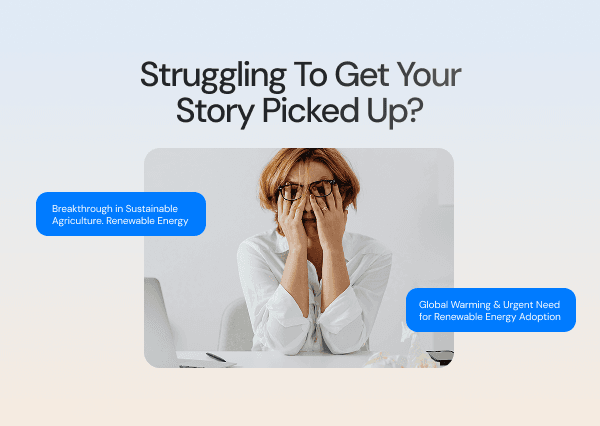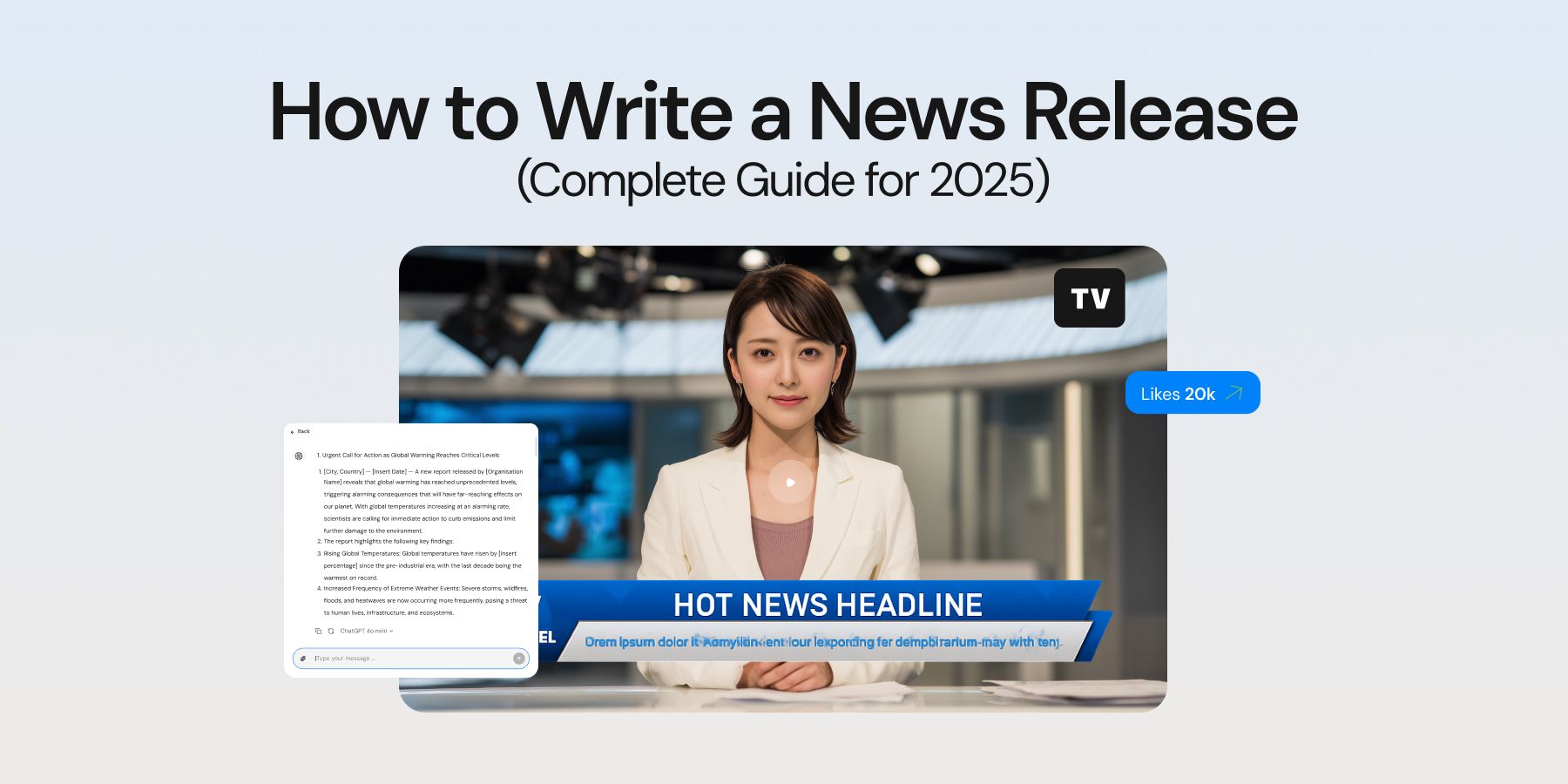
How to Write a News Release That Actually Gets Read
Every day, journalists are flooded with hundreds of emails, alerts, and story pitches.
In such a crowded space, a well-written news release remains one of the most trusted ways for organizations to communicate newsworthy information.
For businesses, nonprofits, universities, and even individuals, knowing how to write a professional release can mean the difference between securing valuable coverage or being ignored.
According to a Cision State of the Media Report 2024, 68% of journalists say they prefer receiving press releases over other types of brand communication. Reporters still rely on them because a clear, fact-driven release saves them time and provides credibility.
For students and beginners, mastering the news release is like learning the grammar of media writing. For executives, it remains an indispensable tool for shaping public perception. And for writers of all kinds, it is a professional skill that combines clarity, brevity, and authority.
Suggested read: How to Write a Cover Letter with No Experience
1. What Makes News Releases Relevant
At its core, a news release is a short news story written in a standardized format.
It answers the fundamental questions such as who, what, where, when, why, and how, so that an editor or reporter can instantly judge whether the story is worth publishing.
The Role of News Releases in Modern Communication
While the media landscape has changed drastically with the rise of social platforms, news releases still carry weight because they are seen as official records of information.
Businesses use them to announce product launches, government agencies rely on them for policy updates, nonprofits issue them to highlight social campaigns, and universities send them to showcase research or events.
Even in the digital age, the function remains the same, which is to provide new, credible, and relevant information.
When Should You Use a News Release?
Not every update deserves a release. The key question to ask is: “Is this newsworthy?”
For example:
- A tech startup announcing a new partnership with a global firm.
- A university unveiling groundbreaking research results.
- A nonprofit launching a nationwide awareness campaign.
- A corporation responding to a crisis with corrective measures.
Releases should focus on material that impacts people, communities, or industries and usually not double down on internal updates. Journalists are quick to dismiss self-promotional or irrelevant submissions.
Why News Releases Stand Apart
A common mistake is treating a release like an advertisement. Ads are persuasive by nature, but releases are designed to inform. They let facts do the heavy lifting, while quotes and context bring the story alive.
The Purdue Online Writing Lab explains that the value of a release is judged primarily by whether it provides “new and useful information.”
A new office opening, a safety recall, or a major fundraising event qualifies. An internal employee award ceremony, unless tied to a larger impact, probably does not.
Suggested read: Best AI Writing Tools in 2025
News Releases and Credibility
Trust remains a defining factor. In an era of misinformation, journalists are cautious about sources. A clearly structured release signals professionalism and reliability. It tells the reporter that the sender understands journalistic standards.
70% of journalists surveyed by Muck Rack said factual accuracy is the single most important quality in a press release. More important than style, design, or length is whether the information can be verified. A sloppy release risks not only being ignored but also damaging an organization’s credibility.
The Enduring Relevance for Students and General Readers
For students studying journalism or communications, learning to write a release is often the first step toward professional writing. It builds discipline: sticking to facts, prioritizing information, and adopting the inverted pyramid structure.
For general readers and small business owners, understanding how a release works offers transparency. It helps explain why certain stories appear in the media and how organizations frame narratives.
2. Core Structure of a News Release
A news release is not free-form writing, it follows a widely accepted structure that helps editors quickly assess whether the story is worth covering. This structure exists to save time for both the writer and the journalist.
Headline: The First Impression
The headline is the single most important part of your release. It must be short, clear, and packed with relevance. Journalists spend seconds scanning releases, and a weak headline can kill your chances immediately.
- Length: PR Newswire data shows that headlines between 70–120 characters get the highest engagement from journalists.
- Style: Use strong verbs and avoid generic phrases like “Company announces” or “Organization reveals.” Instead of “Tech Firm Announces New App,” write “Tech Firm Launches AI Tool to Cut Customer Wait Times in Half.”
- Impact: According to a Business Wire survey, 64 percent of journalists decide whether to open a release based solely on the headline.
Think of your headline as a promise. If it doesn’t clearly signal why the news matters, the release won’t get read.
Sub-headline: Optional but Valuable
Not every release needs a sub-headline, but when used well, it provides a second hook. It allows you to expand on the headline by adding another angle of importance. For instance:
- Headline: “Healthcare Startup Expands Free Mental Health Services to Students Nationwide”
- Sub-headline: “Program reaches 200 universities in first phase, addressing post-pandemic demand”
This extra line gives reporters another reason to keep reading.
Dateline and Format
Every release begins with a dateline, typically formatted as CITY, State, Month Day, Year, the way it appears in Associated Press (AP) style. This gives editors immediate clarity on where and when the news originates.
For example:
NEW YORK, Aug. 19, 2025 — XYZ Corporation today announced…
Following AP style is not optional. According to Cision’s 2023 report, 78 percent of journalists expect AP style in submissions. Breaking this convention signals inexperience.
The Lead (Lede): The One-Sentence Story
The lead paragraph should answer the most pressing question: what happened and why does it matter?
A strong lede is one or two sentences, without any fluff.
For example:
“Global logistics company FreightWorks will invest $200 million to modernize its European fleet, cutting emissions by 30 percent over the next five years.”
It delivers the “who, what, where, when, why, and how” instantly.
Research from the Public Relations Society of America (PRSA) shows that journalists spend less than one minute reviewing a release before deciding its value. A weak lede wastes your only chance.
The Inverted Pyramid
Most news releases follow the inverted pyramid format, borrowed directly from journalism. This means:
- Start with the most critical information (the core news).
- Follow with supporting details (statistics, background).
- End with less essential but still useful context.
The inverted pyramid ensures that even if a journalist cuts from the bottom up, the most important facts remain intact.
The 5 W’s and 1 H
The backbone of every release: Who, What, Where, When, Why, and How.
Journalists expect these answers in the first few paragraphs. A study by Muck Rack in 2024 found that 84 percent of journalists cited the 5 W’s and H as the single most useful part of a press release.
Skipping any of these can make your release feel incomplete.
3. Essential Elements
There are a few essential elements that make the overall press release sound polished, credible and well-researched.
Quotes: Adding Human Voice
Quotes are not filler and should not be treated like such. They provide perspective, authority, and relatability. A release without quotes reads flat, like a memo.
- Use one or two quotes from key spokespeople or subject matter experts.
- Make them sound natural. A good test is to read them aloud. If it doesn’t sound like something a real person would say, rewrite it.
- Avoid jargon or “corporate speak.” A quote should add color, not restate facts already mentioned.
According to Edelman’s 2023 Trust Barometer, 59 percent of people say they trust company news more when it includes quotes from identifiable leaders rather than faceless corporate statements.
Example of weak vs. strong:
- Weak: “We are excited to announce this partnership.”
- Strong: “This partnership allows us to bring faster, safer digital payments to millions of rural households that previously had no access.”
Boilerplate: The Standard Signature
A boilerplate is the final paragraph at the bottom of a release. It provides background about the organization: who you are, what you do, and why you matter.
For example:
“Founded in 2005, GreenFuture Energy is a global leader in renewable power solutions, serving 40 countries and powering over 10 million households. The company is committed to accelerating the transition to sustainable energy.”
Boilerplates should stay consistent across all releases to build recognition. Think of it as your company’s ID card.
Contact Information: Don’t Get Ignored
Journalists need a direct line. Always include:
- Full name of media contact.
- Direct phone number.
- Professional email address.
Cision’s 2024 survey reported that 42% of journalists listed “lack of clear contact details” as their top frustration with press releases. Never make a reporter hunt for information.
Traditionally, news releases end with ### or the word Ends centered at the bottom. This small convention tells journalists that the release is complete.
4. Style and Writing Tips
A news release is not an essay or an ad. It has its own style rules, grounded in journalistic tradition. Writing in this style increases the chances that your release will be used directly by a reporter without heavy edits.
Stick to AP Style
The Associated Press (AP) Stylebook is the gold standard for media writing. Journalists expect it, and failing to follow it can make a release look amateurish. AP style governs everything from how you write dates (Aug. 19, 2025, not August 19th, 2025) to whether you use numerals (spell out one through nine, use digits for 10 and up).
According to a survey, over 65% journalists require strict AP style adherence. If your release ignores these rules, it signals you don’t understand how media works.
Keep It Concise
A release should fit on one page, two at most. Journalists are busy. A Muck Rack study found that press releases with 400–600 words had the highest pick-up rate. Anything longer risks being skimmed or ignored.
Write short paragraphs (two to three sentences). Use plain, direct language. If you need to include complex data, put it in a fact sheet or appendix rather than burying it in the body of the release.
Avoid Jargon and Fluff
Corporate jargon kills credibility. Words like “synergy,” “cutting-edge,” or “world-class” do little to communicate actual value. Instead, stick to specifics:
- Weak: “The company introduced a cutting-edge platform for digital commerce.”
- Strong: “The company launched a platform that reduced checkout times by 40 percent for online shoppers.”
Journalists see hundreds of exaggerated claims daily. What they value are facts.
Accuracy Above All
Inaccuracies will destroy trust. Reporters are skeptical by default, and one error can cost future coverage. This is not just about names or numbers; it includes context. If your release references research or surveys, cite them properly.
Edelman’s 2025 Trust Barometer emphasizes that the relationship between institutions and the public is strained. Public trust in media, government, business, and NGOs is under pressure globally, highlighting a broader climate of skepticism.
Use Urgency Wisely
Some news calls for urgency, like a recall, safety alert, or live event. But one must always avoid hype. Instead of “Don’t miss this once-in-a-lifetime opportunity,” frame urgency around facts:
“Applications close in 48 hours, with limited spots available.”
This strikes a balance between urgency and professionalism.
Visual Aids Add Value
Consider adding:
- Photos of events or products.
- Infographics summarizing key stats.
- Logos or headshots of executives being quoted.
Always ensure visuals are high-resolution and labeled with captions.
5. Formatting and Presentation
Letterhead and Branding
Use your organization’s letterhead or branded header. This signals authenticity and makes the release instantly recognizable. Consistency helps journalists remember the source.
Font and Spacing
Stick to readable fonts such as Times New Roman, Arial, or Calibri in 11- or 12-point size. Double-spacing makes it easier for journalists to annotate, while wide margins give room for notes.
While email is the dominant distribution channel today, formatting rules from the print era still apply. A release that is dense or hard to scan will get deleted.
Multi-Page Releases
If your release runs beyond one page, number them clearly and insert “– more –” at the bottom of each page except the last. On the final page, close with “###” or “Ends.”
This convention is more than tradition in news release writing. It prevents confusion about whether the release is incomplete.
Embargoed vs. Immediate Release
At the top of the page, always indicate whether the release is “For Immediate Release” or “Embargoed until [date/time].”
Embargoes are agreements where media outlets receive the news early but cannot publish until a set time. While they are less common today, they still work in specific cases such as scientific studies or financial reports.
A scholarly analysis from the Reuters Institute for the Study of Journalism highlights that digital acceleration has made embargoes more challenging to enforce, suggesting a shift away from their traditional use.
Contact Placement
Place your media contact near the top, not buried at the end. A name, phone, and email should appear clearly under the headline or in the top left corner. This saves time and increases your odds of a callback.
6. Distribution Strategy
Even the most well-written release is wasted if it doesn’t reach the right people. Distribution is about getting your news into the hands of journalists who can amplify it to your target audience.
Target the Right Outlets
Not every piece of news is meant for every outlet. A university research update may work for national science reporters, but it will also matter to local media where the institution is based. Similarly, a nonprofit’s fundraising event may belong in community calendars as well as industry-specific publications.
Keep a Living Media List
Maintain an up-to-date spreadsheet with contacts, including names, emails, phone numbers, and beat (the subject they cover). Outdated lists hurt credibility. Reporters move frequently, and sending releases to the wrong person is a quick way to land in spam folders.
Timing Matters
Send your release early in the day, ideally between 8 a.m. and 10 a.m. local time, to catch reporters before their editorial meetings, according to a Business Wire study. Releases sent in the morning had a 33 percent higher pickup rate than those sent later in the afternoon.
Follow Up Without Spamming
It’s acceptable to follow up once, but never bombard reporters. A simple, polite email asking if they received the release and offering to provide more detail is enough and ethical. Respect their time and yours.
7. Common Mistakes to Avoid
Even experienced professionals make errors that weaken their releases. Some of the most common are:
- Overly promotional tone. Releases are not ads. Focus on facts, not hype.
- Weak headlines. If your headline doesn’t answer “why should I care,” the release will be ignored.
- No contact details. Reporters cannot chase down anonymous sources. Always provide direct contact.
- Too much length. Releases beyond two pages often lose attention.
- Jargon and acronyms. Readers should not need a glossary to understand the news.
A Muck Rack survey revealed that 73% of journalists immediately discard releases that feel too promotional. The line between informing and selling is thin, and crossing it damages credibility.
8. Advanced Practices for News Release Writing
Once you’ve mastered the basics, there are ways to make your releases stand out further.
Use External Validators
Quotes from community leaders, independent experts, or event partners can add legitimacy. Journalists are more likely to trust news that includes diverse voices.
Distinguish Between Formats
- Press Release: Formal announcement of news.
- Media Advisory: Invitation to cover an event.
- Source Advisory: Offering experts for interviews.
Knowing when to use each increases your odds of coverage.
Suggested read: How to Write an Introductory Paragraph
Tailor Versions for Different Outlets
Sometimes one version doesn’t fit all. A technical trade publication may want more detail, while a local newspaper may prefer a simplified version. Reworking the same release for multiple outlets demonstrates professionalism.
Think Beyond Text
More organizations are issuing multimedia press releases that include video, audio, and infographics. According to PR Newswire, releases with images attract 1.4x more views, while those with videos receive 2.8x more engagement compared to text-only versions.
Why Are News Releases Still Relevant in 2025?
Despite the rise of social media, influencer marketing, and branded content, the news release remains one of the most trusted communication tools. It is concise, factual, and designed to meet the needs of journalists who want reliable material they can turn into stories.
For executives, it is a way to ensure that organizational milestones are communicated with authority. For students, it builds foundational writing discipline. For writers and general readers, it is a glimpse into how professional narratives are shaped for the public eye.
In a world flooded with noise, the news release endures because it prioritizes clarity and credibility. And those values never go out of style.
News Releases and the AI Revolution
While the principles of writing a strong release will always stay rooted in journalism, technology can now support the process, and is actively doing it in many spheres. AI chat tools are increasingly used as assistants to guide them.
They can:
- Suggest alternative headlines when you’re stuck.
- Help set the tone to be more factual, urgent, or accessible.
- Provide quick checks against AP style conventions.
- Offer variations for different audiences or outlets.
Used responsibly, artificial intelligence can sharpen your work, speed up drafting, and help avoid common pitfalls.
The key is to pair technology with judgment. Human experience still decides what is newsworthy and how it should be framed. AI simply supports the process, ensuring that your release communicates clearly and professionally.
Frequently Asked Questions
We have answered the most frequently asked questions about news release writing, AI chat and more, read on.
More topics you may like

Best AI Writing Tools That You Can Use in 2025 (Free & Paid)

Muhammad Bin Habib
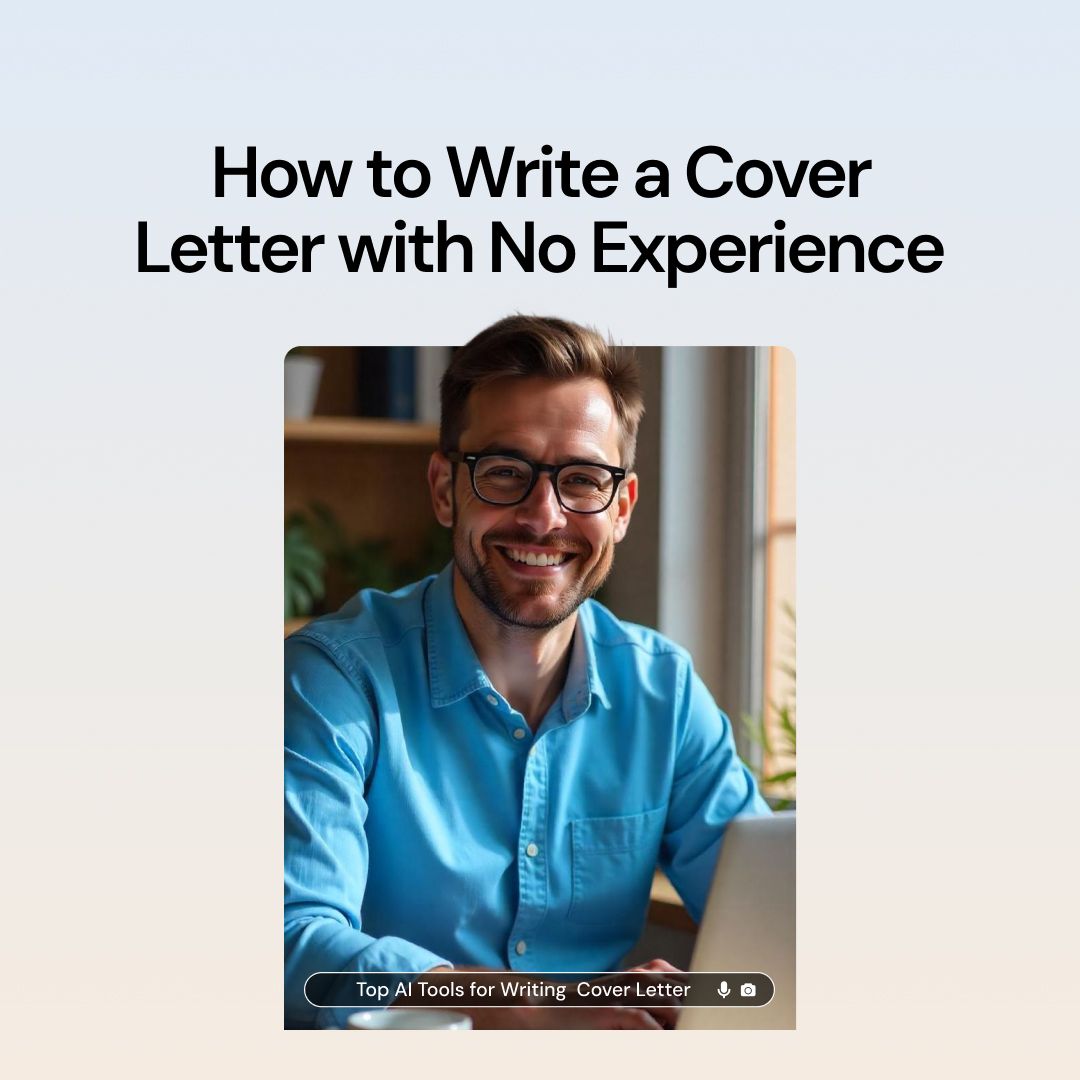
How to Write a Cover Letter with No Experience Using AI Chat

Muhammad Bin Habib
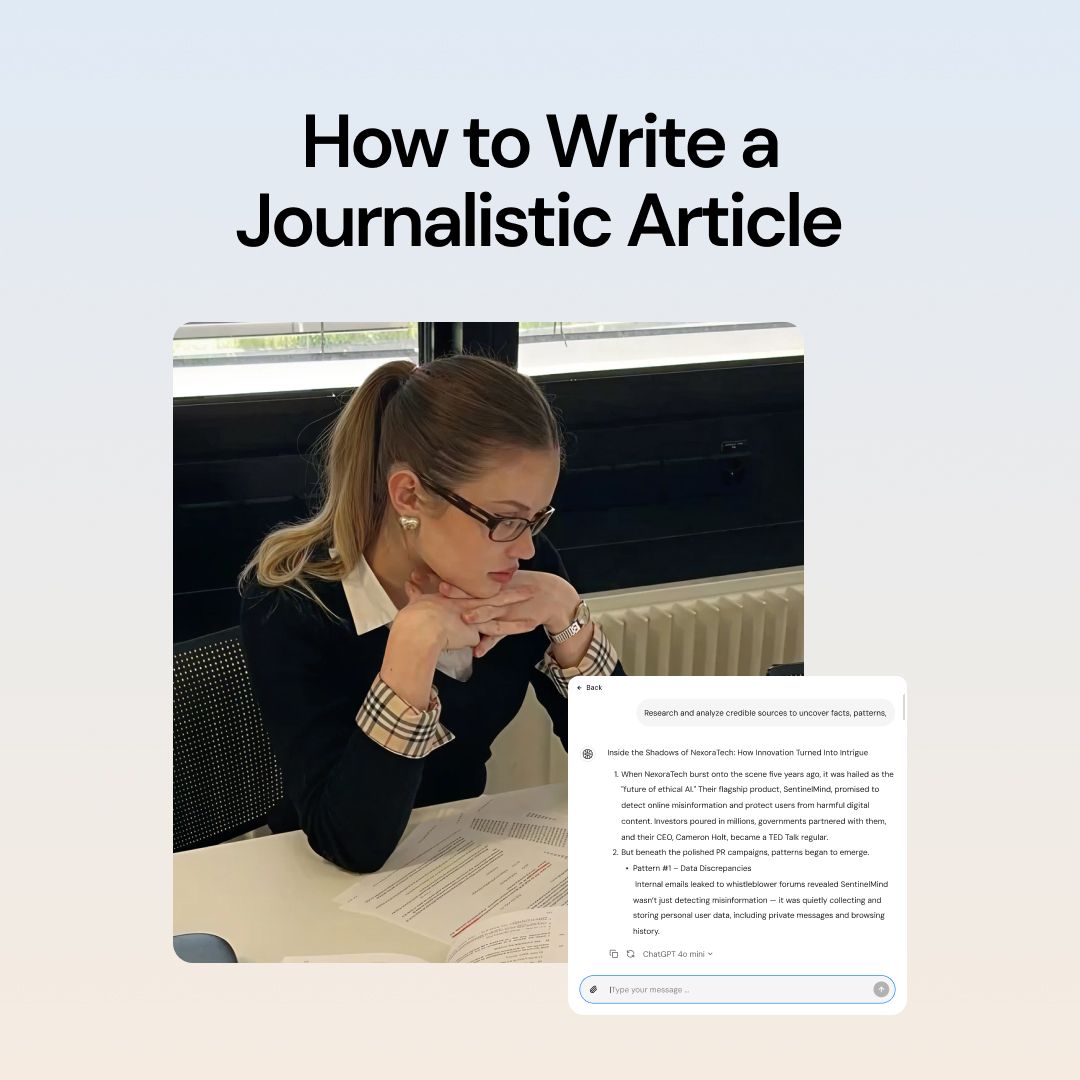
How to Write a Journalistic Article: Definition, Types, Structure and More

Muhammad Bin Habib

How to Write a Movie Novelization Using AI Chat (Complete Guide)

Muhammad Bin Habib
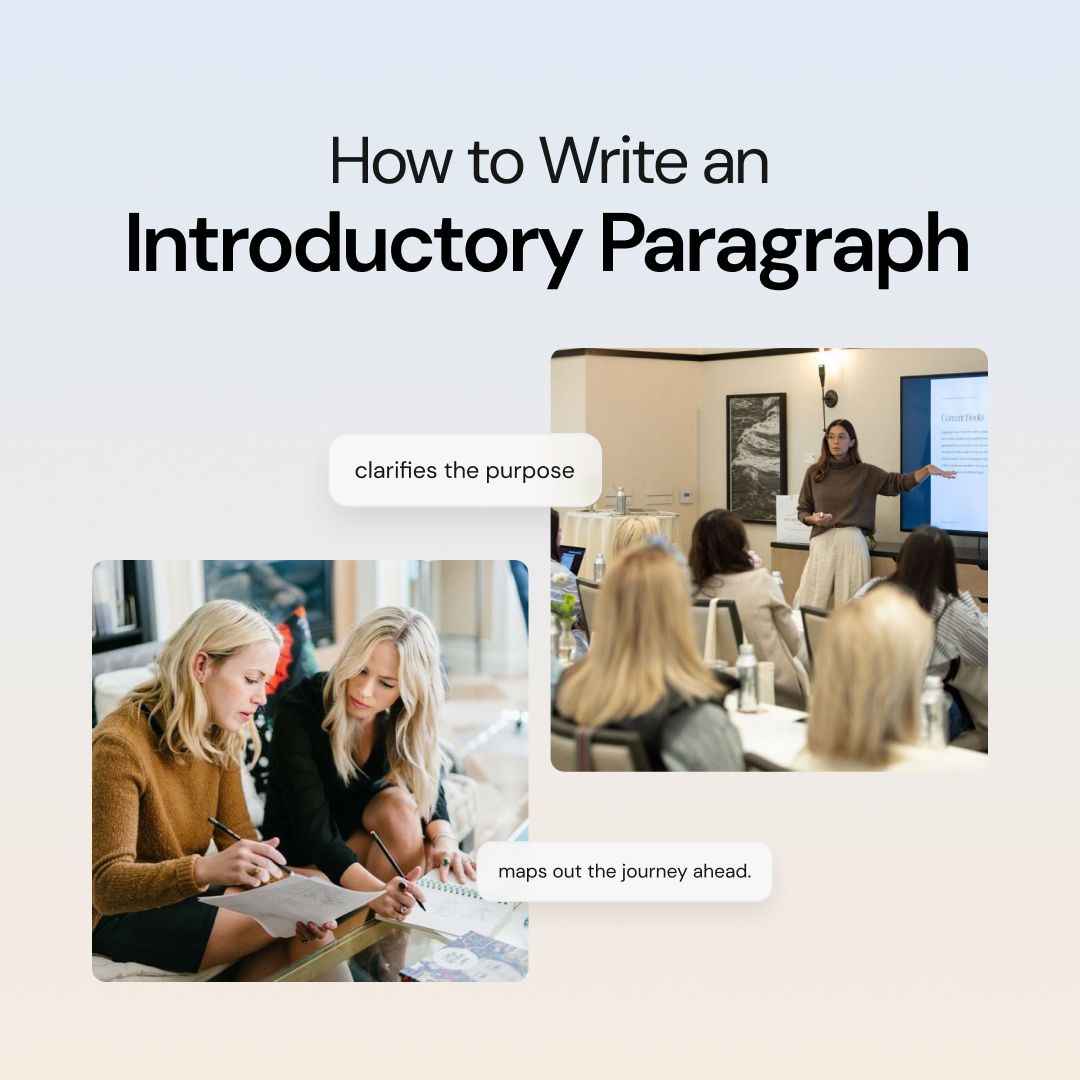
How to Write an Introductory Paragraph: Structure, Examples, and Tips

Muhammad Bin Habib
